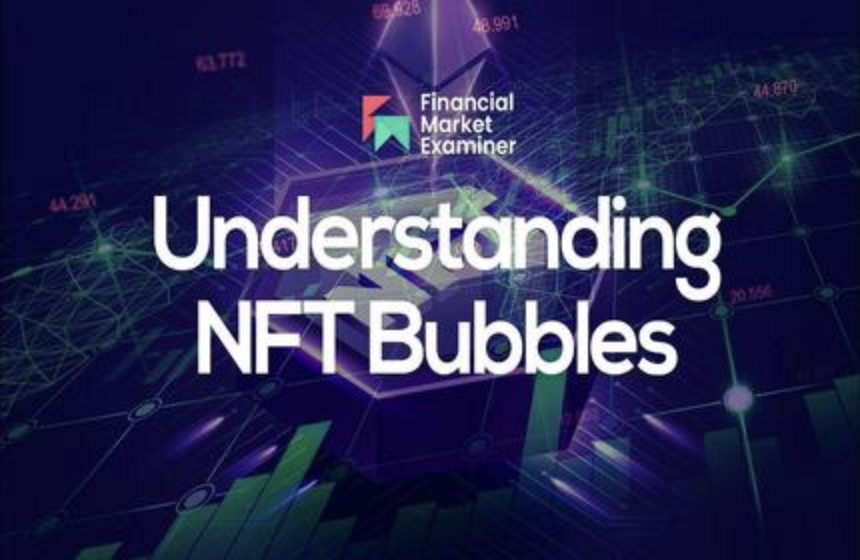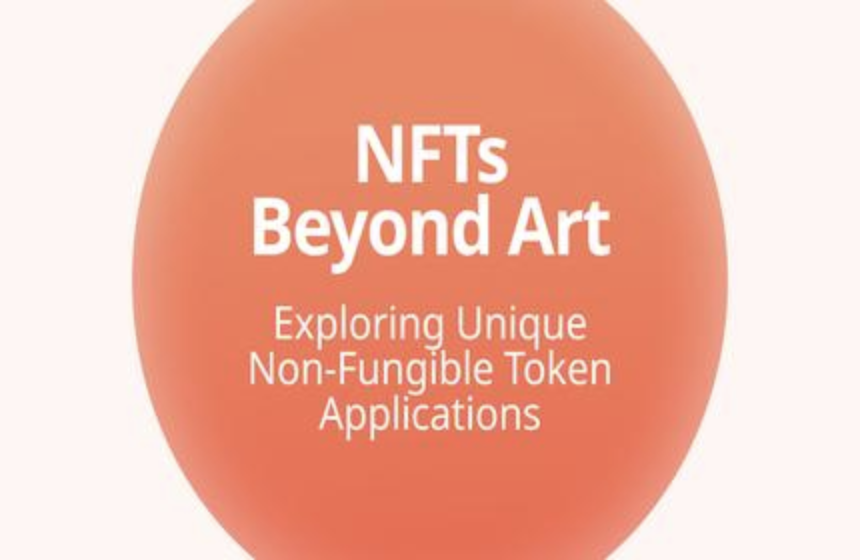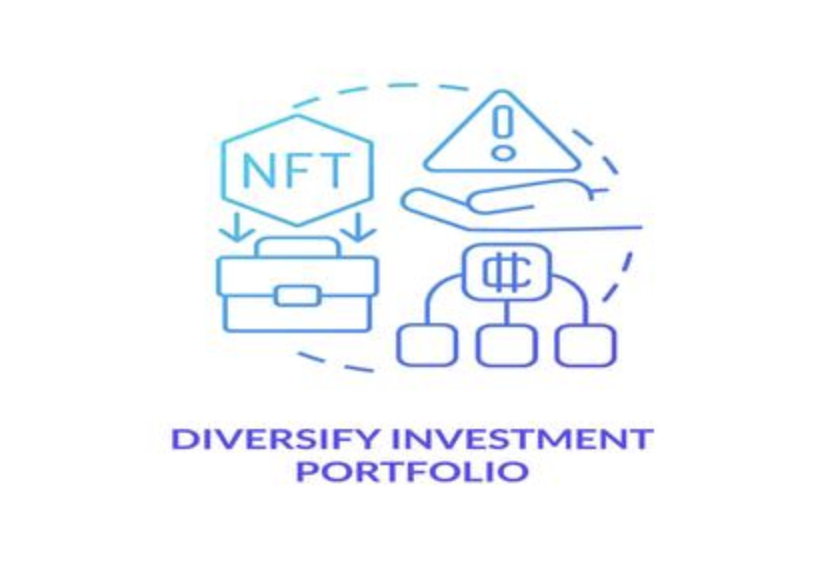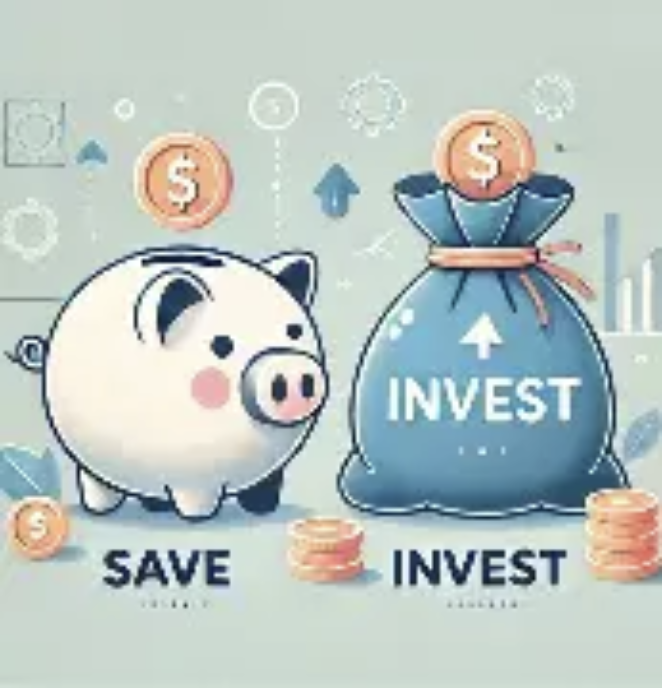NFTs: Opportunity or Financial Bubble?
For affluent individuals exploring new assets, NFTs (Non-Fungible Tokens) pose a divisive question—are they an innovative means of wealth creation or merely a transient financial trend? Beyond the excitement and attention-grabbing sales figures, a detailed examination uncovers multiple layers of potential and perils that require careful consideration.

Cultural Value as a Driver
High-end NFTs gain worth from their cultural importance rather than just their rarity. Works by digital creators like Beeple or collectibles linked to famous intellectual property (such as unique NBA Top Shot highlights) function as cultural treasures appreciated by a worldwide network of collectors. This cultural worth fosters lasting demand, setting them apart from speculative commodities—much like classic art retains its value because of its cultural significance.
Moreover, the significance of cultural value in premium NFTs often arises from their function as digital representations of current trends. For instance, NFTs that record social justice initiatives or encapsulate trending cultural events transform into more than mere property—they safeguard a fragment of today's history. Buyers are attracted not merely to having these assets, but to acting as guardians of these digital creations that embody collective experiences, reinforcing their enduring importance and status in the marketplace.
NFTs with Practical Application Beyond Art
The forthcoming generation of NFTs emphasizes functionality, thereby lessening the risk of a bubble. Consider NFTs from luxury brands that provide privileged entry to events or product launches (for instance, Gucci’s digital fashion items with benefits in the real world), or real estate NFTs that allow shared property ownership. These tokens, backed by utility, connect their worth to real benefits, making them less dependent on speculative trades and more rooted in actual applications.

Market Dynamics and Liquidity Challenges
Concerns about bubbles originate from fragmented markets and issues with liquidity. Differing from stocks, NFTs are exchanged on specialized platforms with limited transparency, which can lead to risks of price manipulation. Wealthy investors should give preference to established marketplaces with strong verification and concentrate on assets that have demonstrated trading activity—steering clear of obscure “meme NFTs” that lack intrinsic value and could face sudden decline.
Diversifying Portfolios with NFTs
When chosen wisely, NFTs can improve diversification. Their value frequently has a weak correlation with conventional assets such as stocks or bonds, serving as a safeguard during turbulent markets. Consider dedicating 3-5% of a portfolio to high-quality NFTs (such as recognized digital art or collectibles with practical utility) to strike a balance between risk and opportunity—avoiding excessive investment that heightens bubble risk.

Regulatory Ambiguity as an Uncertain Factor
Changes in regulation might shape the future of NFTs. Authorities are trying to classify them—should they be seen as art, securities, or commodities? An abrupt reclassification as securities could lead to stringent compliance requirements, possibly dampening speculative interest. Astute investors keep a close watch on regulatory changes, focusing on NFTs that adhere to existing regulations to lessen legal risks.
Enduring Value from Community and Rarity
The lasting value of NFTs hinges on engaged communities and demonstrable rarity. Initiatives with active, involved communities (like Bored Ape Yacht Club) sustain demand through social value and exclusivity. Moreover, NFTs linked to scarce physical assets (such as limited-edition luxury items accompanied by digital certifications) connect tangible and digital value, providing a more stable underpinning than solely digital tokens.
(Writer:Weink)



